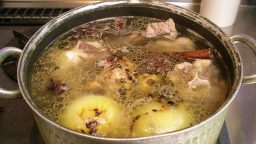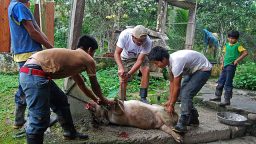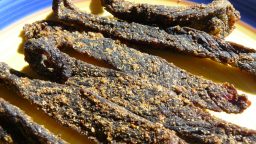Finances can be a determining factor in the success or failure of your homestead. Finding a way to make a living on your homestead, or better yet, through your homestead, can have you go from scraping by to rolling in money. That may sound like an exaggeration, but it’s been done before. One way is to raise alpacas.
What is an Alpaca?
Alpacas are basically a half size llama. But unlike llamas alpacas are not bred to be pack animals, they are bred for their fiber (it is similar to sheep’s wool but softer and contains no lanolin), or for their meat.
Benefits
Unlike their larger relatives the llama, alpacas do not have a bad temperament, alpacas are gentle and curious, but do not like to handled excessively.
They have a rather unique behavior of not leaving manure where they eat the way most grazers like cows or horses do. This is one reason that they do not require as much area as other grazers, since they do not need to rotate their pasture as often. This will also cut down on vet bills since they will come in contact with less parasites like intestinal-worms that can be present in feces.
They can save money on your initial investment by not requiring the same fencing that other grazers like cows do, alpacas can be contained with minimal fencing and will learn their boundaries, and once learned they will not desire to stray from them.
Unlike sheep, alpacas are highly territorial and will defend themselves and each other from predators like dogs and coyotes.
Alpacas do not need to be killed to harvest their produce, their fiber is a renewable income earning resource.
Aplacas will not fit into everyone’s life or onto everyone’s homestead. But for those who do have a place for them, these animals have brought in a handsome profit.
If you liked this, you might also enjoy…
Natural Healing Techniques Doctors Don’t Want You to Know…
The Weight-Reducing Magic of Yoga…
The Ultimate Woodworking Course..







